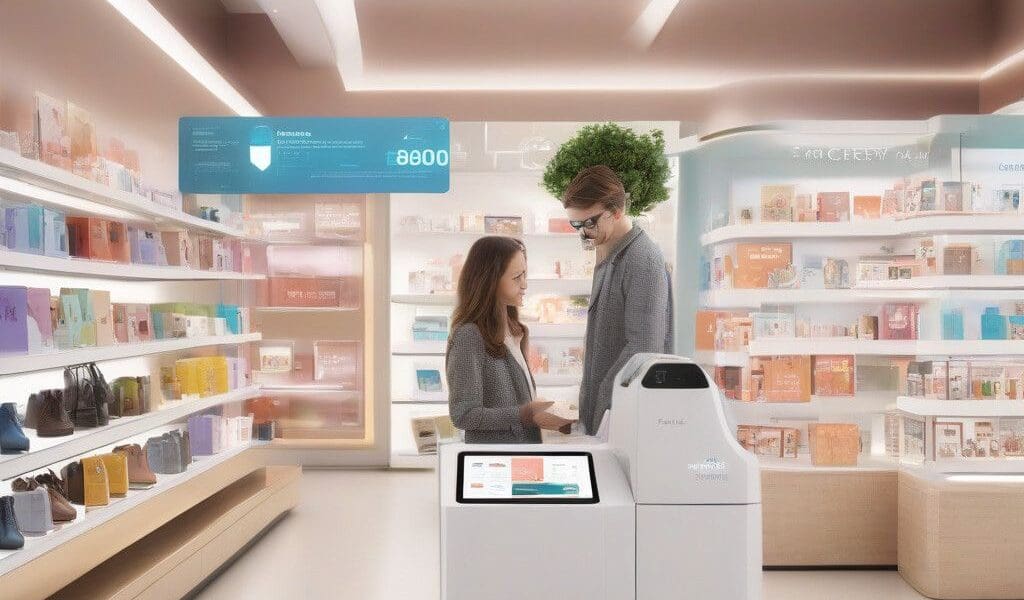Consumer behavior is evolving rapidly, and understanding these shifts has become essential for retail success. As technology, social consciousness, and instant gratification shape the way people shop, retailers must adapt to these changes to remain competitive. This article highlights five crucial consumer behavior shifts and offers actionable strategies for retailers to embrace and respond effectively.
1. New digital channels for engagement
Today’s shoppers interact with brands through various digital platforms, including social media, chatbots, and AI-powered technologies. This array of engagement channels requires retailers to re-evaluate their customer interaction strategies. Mapping the customer journey across these platforms is vital. For instance, brands like Nike use Instagram stories to showcase new products while allowing direct purchases via the app. Retailers should not shy away from experimentation with innovative touchpoints to keep their audience engaged. Brands that successfully create a cohesive digital presence will secure stronger customer connections.
2. Sustainability and social responsibility matter more
A growing number of consumers prioritize sustainability and social causes when making purchasing decisions. In fact, recent studies indicate that over 66% of consumers are willing to pay more for products from sustainable brands. Retailers can capitalize on this shift by integrating sustainable practices into their operations and clearly communicating these efforts to consumers. Companies like Patagonia have built a loyal customer base by prioritizing environmental responsibility, setting a powerful example for others. By embedding values that resonate with their audiences into product offerings and marketing campaigns, retailers can foster authentic connections.
3. Instant gratification with fast shipping and real-time inventory
The rise of platforms like Amazon has set new standards for consumer expectations regarding delivery and convenience. Data shows that one in three shoppers expects same-day or next-day delivery. Retailers need to streamline their logistics processes and enhance supply chain transparency to meet these demands. Implementing real-time inventory tracking systems can also give customers immediate access to product availability, mitigating frustration. Retail giants such as Walmart have successfully integrated advanced inventory management systems to stay competitive, showing that adaptability is essential for survival in this landscape.
4. Physical stores are evolving, not disappearing
Despite the focus on e-commerce, physical stores still play an important role in the customer journey. However, the in-store experience needs to align with digital interactions. Retailers should consider implementing hybrid models that offer Buy Online, Pickup In-Store (BOPIS) options, smart store maps, and QR codes for quick access to product details. A practical example is Apple, which enhances the in-store experience with seamless integrations of digital tools, allowing customers to explore products interactively. Retailers that invest in an omnichannel approach can leverage the strengths of both digital and physical shopping to enhance customer satisfaction.
5. Personalization drives loyalty — but balance it with privacy
Consumers now expect personalized experiences tailored to their preferences. Data indicates that personalized recommendations can lead to a significant increase in sales and customer loyalty. Retailers like Amazon lead the way by leveraging customer data to offer personalized suggestions. However, managing this personalization while respecting customer privacy is critical. Implementing transparent data practices that inform customers about data usage can build trust and loyalty. Companies like Netflix exemplify this balance by providing personalized content recommendations while ensuring users are aware of their data collection policies.
Addressing shifts with a CX challenge-solution framework
To navigate these shifts successfully, retailers can apply a challenge-solution framework that emphasizes customer experience (CX) improvement strategies.
– Challenge 1: Understanding what matters to your customers
Solution: Engage in continuous customer research to adapt to evolving needs. Use surveys and feedback mechanisms to gather insights that shape customer personas.
– Challenge 2: Leveraging data to predict trends
Solution: Invest in advanced analytics to anticipate customer behavior and preferences. Track purchasing patterns and utilize these insights to refine the customer journey.
– Challenge 3: Deploying AI and technology thoughtfully
Solution: Implement AI-driven solutions that enhance, rather than complicate, customer interaction. Ensure any technology serves a clear purpose, such as easing the customer support experience.
– Challenge 4: Staying ahead of industry trends
Solution: Adopt a proactive innovation strategy. Regularly analyze competitor activities and industry developments to inform your approach.
– Challenge 5: Balancing personalization with privacy
Solution: Develop clear data handling practices that prioritize customer privacy while using data responsibly to enhance personalization.
Conclusion: Adapt now or risk falling behind
The pace at which consumer behavior shifts is accelerating, and failing to adapt can be detrimental to retail success. Whether through integrating new technologies, refining personalization efforts, or responding to the call for sustainability, retailers must proactively embrace these changes. By adopting an agile, customer-focused mindset and continuously reviewing strategies, businesses can turn these challenges into growth opportunities.
Retail leaders who prioritize innovation, invest in technology, and delight their customers will set themselves apart in this dynamic landscape. As the retail environment continues to change, those who adapt will thrive.











